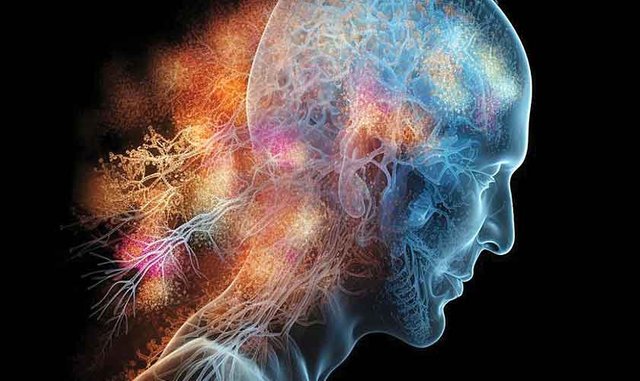Mysteries of death

A recent article by Alex Blasdel in The Guardian (Long Reads) sheds light on new research and trends in what he terms ‘the science of death.’ #science
Death is the only certainty in human life, yet it is also the only real unknown: it is the final frontier and nobody has ever really come back from it to tell us in detail what happens to you when you actually die. Death is powerful because it is such an unknown. Death is what the main religions of the world are predicated upon: the belief in an afterlife gives a sense of purpose to life. Religion uses the afterlife to create moral boundaries and control human excess. It tells us that those who do good deeds will be rewarded in the afterlife and those who do not will be punished. Heaven and hell are powerful concepts of an afterlife and are used by religions to set moral standards and maintain public order.
Death has always been a human pre-occupation: we have centuries of myths and histories telling us how people have explained it and prepared for it. But much about it remains unexplained. When one’s vital organs cease to function what happens to what we term ‘the spirit?’ And what actually goes on in the brain?
The spirit is difficult to track or study but what happens in the brain at death is now being studied with a great deal of interest.
Blasdel’s piece begins with the case of Patient One in 2014, a case which is central to the sort of scientific research being done into death these days. The patient was a 24-year old pregnant woman who had collapsed at her home, been unconscious for more than 10 minutes and whose heart had stopped. Paramedics took her first to one hospital which could not treat her and then to the emergency department at the University of Michigan. There they managed to restart her heart and put her on a ventilator and pacemaker and she was “transferred to the neuro-intensive care unit where doctors monitored her brain activity.” What they witnessed took them by surprise.
After she had been in a ‘deep coma’ for three days, her family decided that it was best to take her off life support but “it was at that point – after her oxygen was turned off and nurses pulled the breathing tube from her mouth that Patient One became one of the most intriguing scientific subjects in recent history.” As life support was removed there was a surge of activity within her brain, “areas that had been silent while she was on life support suddenly thrummed with high-frequency electrical signals called gamma waves. In particular, the parts of the brain that scientists consider a ‘hot zone’ for consciousness became dramatically alive. In one section, the signals remained detectable for more than six minutes. In another, they were 11 to 12 times higher than they had been before Patient One’s ventilator was removed.” #brain